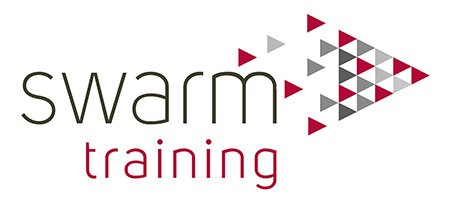
Business Improvement Practitioner Apprenticeship
Level: 3 / Duration: 15-18 mths
Assessment
The EPA assessment period will last around 2 months| A portfolio of evidence of their best work |
| Multiple choice examination – to assess knowledge elements of the standard |
| Project report to explain how they applied their knowledge, skills and behaviours in a project which they have been working on during the course of their apprenticeship programme accompanied by an A3 Thinking project dashboard and a presentation followed by a Q&A |
| Meet with the independent assessor to have a Professional Discussion underpinned by their portfolio of evidence |
The training will enable your apprentice to:
- Identifying potential opportunities and engaging team members in the identification of issues along with relevant solutions and controls
- Following a formal and best practice methodology for diagnosing issues, proposing solutions and implementing changes and controls.
- Focus on the use of Six Sigma techniques and principles
- Coaching teams and share best practice.
- Leading and managing projects and small teams ensuring motivation and momentum, and being responsible for success or failure of the proposed project.
- Provide expertise in business improvement methods
Knowledge, Skills and Behaviours
We can provide you with a full list of the Knowledge, Skills and Behaviours which your apprentice will be taught and assessed on but as an overview, your apprentice will learn the following:
-
Compliance and Legislation
Team formation & leadership
Communication
-
Business Case Preparation
Presentation and reporting
Communication tools and organisation
Understanding people and using influencing strategies, question effectively.
Plan and deliver meetings presenting insight to engage audiences
-
Project management
Change management
Coaching
Project selection & scope
-
Principles & methods: Six Sigma principles per ISO13053
Interim containment actions
Problem definition, planning, problem and goal statements
Principles and methods: Business value of Lean and Six Sigma improvement methods - 8D, practical problem solving, Define Measure Analyse Improve Control, Design for Six Sigma
Project selection and scoping: Y=f(x) equation (outputs are the result of inputs), business scorecard cascade
Problem definition: Cost of Poor Quality, problem analysis models such as Is/Is Not
Process mapping and analysis: Swim lane, value stream map, performance metrics – continuous, Parameter diagram, Takt time, Overall Equipment Effectiveness, theory of constraints principles, Kanban
-
Voice of the customer and ensure balance against the stated and unstated needs of the business (Voice of the Business)
Data analysis and basic tools
Measurement systems
Repeatability and Reproducibility principles
Basic statistics and measures: Control charts - attribute data, principles of normality
Measures of central tendency and spread
Process capability and performance: Capability analysis – continuous data for normal distribution
Root cause analysis: Key principles including symptoms, failure-mode, potential/verified cause, critical inputs, escape point. Graphical representation of data with dot, scatter and box plots
-
Benchmarking to support target setting
Sustainability & control: Identify failure modes and embed learning from improvements
-
Drive for results
Team-working
Professionalism
Safe working
Taking responsibility for an driving own continuous self-development
OR
complete the form below
